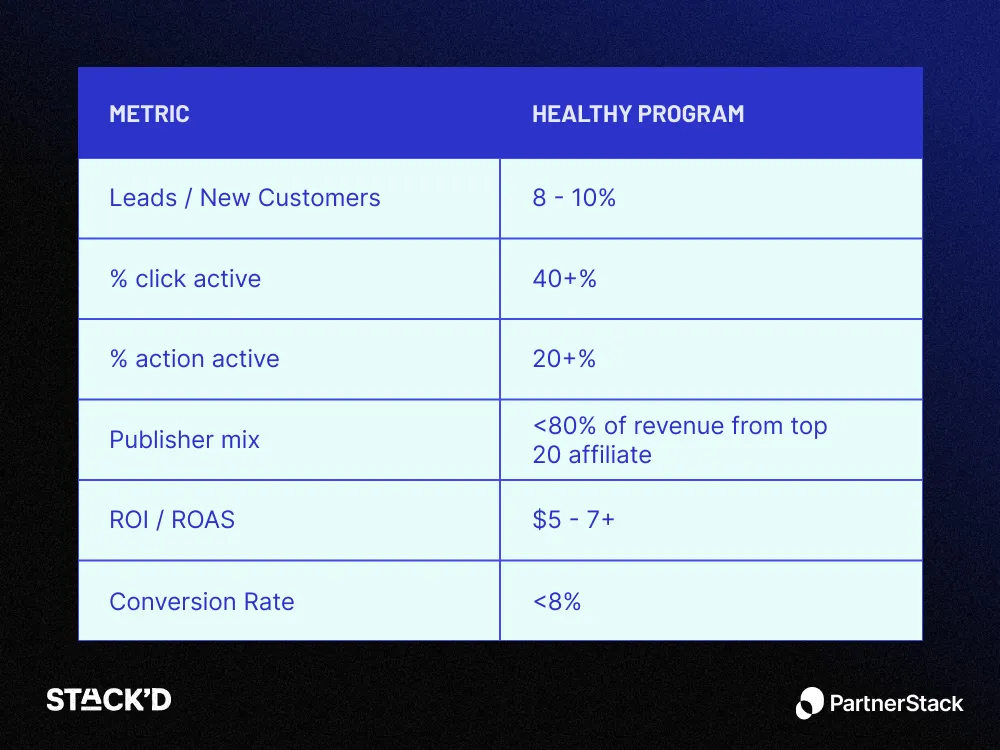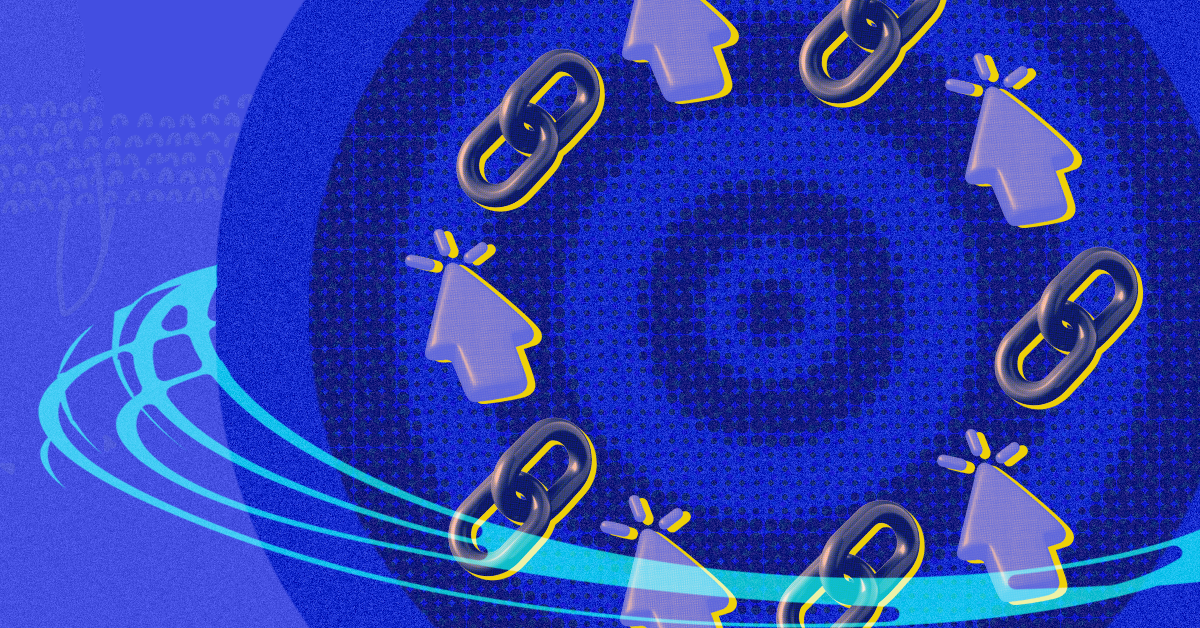With a diverse group of B2B SaaS industry leaders, agencies, publishers and innovators, STACK’D Connect 2024 in New York City was an incredible opportunity to learn from and laugh with the best of the best. This event, now in its 3rd year running, is quickly growing to become a cornerstone for professionals working in the ever-expanding ecosystem of B2B SaaS partnerships.
As PartnerStack’s marketing partnerships lead, I was lucky enough to attend and I’m very excited to share with you some powerful and actionable insights that you can use to level-up your own partnerships game.
Takeaway: The B2B SaaS buyer journey is evolving
Lindsay Cordell, Senior Go-To-Market Analyst at GTM Partners, kicked off the session with some hard-hitting stats from her bird’s eye view as a GTM analyst:
- Win rates are down 18%
- Sales cycles are 16% longer
- Deal values are down 21%
- Pipeline is up 25% compared to six months ago
- Only 18% of that pipeline in ICP
- In ICP deals are 3.8x more likely to close
These stats indicate that the marketing and sales strategies that B2B SaaS companies have relied on in the past might be performing differently than they used to. It will be interesting to track the changes as we look ahead.

Amy Scanlon, GM of Affiliate Practice at Right Side Up, also emphasized that buyers now prefer learning about brands through third-party sources before trusting them directly. According to a Forrester report, Millennials and Gen Z make up 64 percent of B2B buyers — and they heavily rely on third-party resources over vendor information.
Simply put, business buyers don’t trust what you say about yourself anymore. They want to hear it from someone else that they do trust, like through customer reviews.
This tells me that if we want to succeed in driving growth for B2B SaaS companies, we need to make changes to our GTM strategies that mirror the recent shifts to the buyer journey; and it all comes down to trust.
Related: Critical points of trust within your ecosystem.
Takeaway: Partnerships has unique advantages as a GTM channel
Cordell followed her dire GTM stats with a powerful infographic from a 2024 B2B Sales Benchmark report from Ebsta and Pavillion (one that we’ve shared in a Research Lab report).
Cordell explained that partnerships has significantly better sales velocity than other channels, yet it is much less commonly used than traditional inbound and outbound channels.
So not only is it more efficient, there’s also less competition in the space. As she puts it, “There is significant opportunity to approach customers in this lesser used and more productive motion.”
Scanlon later explained how affiliate partnerships is most often the channel with the lowest cost of customer acquisition. More and more companies are seeing this opportunity and increasing their investment into the affiliate channel.
“While other paid media channel budgets have decreased, affiliate marketing spend has increased from $6.5B in 2019 to $8B in 2024,” Scanlon went on to explain.
With these learnings in mind, B2B SaaS companies would be wise to pull from underperforming channels and invest into partnerships.
Related: Amy Scanlon shares her expert advice for building a defensible affiliate program.
Bonus: Healthy affiliate program metrics
This simple chart from Scanlon on healthy affiliate program metrics is probably my favorite piece from the entire presentation:

It’s particularly worth calling out one metric in particular: ROAS. This actionable insight was one of the most impactful learnings from the event as it's one of the most common mistakes by affiliate program managers.
Scanlon taught that if you’re earning more than $7 in revenue for every $1 you pay in affiliate commissions — ROAS>$7 — then you’re failing to take advantage of an opportunity to scale up.
Many program managers brag about having a ROAS of $15 or $35, but that extra revenue would be better spent reinvested back into the program as upper-funnel commissions or other ways to incentivize increased referral volume.
Takeaway: Measurement is vital
Cordell and Jennifer Rhima, Director of Partnerships at Apollo.io, both mentioned the importance of clearly defining your partner types, their role in the customer journey and the metrics you choose to measure that contribution.
Rhima specifically shared that at Apollo.io they have chosen three key metrics to focus on:
- Revenue growth
- Customer acquisition (pipeline)
- Partner activation
Adam Glazer, President at Partner Commerce, explained how important it is to track your partner recruitment pipeline just as you track your customer acquisition pipeline. Without tracking this, it’s very difficult to know which recruitment methods you want to double-down on and which you want to stop wasting your time on, he shared.

This made me realize that I would be wise to revisit my goals and KPIs. Partnership managers should ask themselves:
- Do I have a clear idea of what value I want my partner program to generate?
- Have I chosen the right metrics to measure that value?
- Is my measurement of those metrics robust?
- What about my own efforts to improve the program itself?
Validating the strategies that are working and course correcting those that aren’t is an important touchpoint in program measurement. By regularly checking in with these metric-focused goals, I, and other partner managers can build a stronger recruitment strategy for partnerships success.
Fun fact: The black and white cookie
If you can’t decide between a vanilla cookie and a chocolate cookie, you can just get the famous black and white cookie. You can thank Glazer’s grandfather, who first created this cookie at their family bakery in New York long ago when a poor mother didn’t have enough money to buy a cookie for each of her children (or so the legend goes).
See more: Adam Glazer and nine other partnership professionals you should be following on LinkedIn.
Takeaway: Reduce friction for your partners
Another theme that came up in multiple talks at the event was how to streamline the process for partners in order to create a healthier, more efficient program.
Maya Gilady, Authorized Partner Manager at monday.com, shared how her team was able to double their partner activation rate by automating and streamlining their partner onboarding process.
With over 300 new partners joining the program every month, the messy and manual process just wasn’t cutting it. Gilady showed how they built an API integration between monday.com and PartnerStack, enabling new partners to gain access to all necessary tools and resources with just one click.
You might also like: How monday.com grew partner driven sales by 200% YoY.
Rhima too, spoke of how she learned the importance of keeping their commission offer simple and easy to understand.
Zoe Mackay, Senior Manager of Strategic Partnerships at Technology Advice and John Moore, CEO at Global Venture Network, shared some of their experiences as a publisher and marketplace respectively.
They explained how with the constant stream of incoming partnership proposals, it makes a huge difference when the partner managers put in the work to consider their perspective. An ideal partner for them is one that removes the guesswork by transparently sharing performance data and is willing to share the risk through pre-sale offers like cost per lead and cost per click.
As a partner program manager, this was a great reminder for me to take time to put myself in the shoes of my partners, understand their journey and find ways to reduce as much friction as possible along the way.
Bonus tip: G2 and LinkedIn
Rhima shared a great source of potential partners: brand and competitor mentions on LinkedIn and reviews on G2.
If someone has left you a stellar review on G2, they’re likely a great fit for your referral partner program.
If they are talking about your competitor on LinkedIn, they likely have an audience of your ICP, and they might be interested in learning about your product and exploring a partnership. These potential partners are very easy to find with a few simple searches.

STACK'D Connect 2024 in NYC provided an invaluable experience for professionals in the B2B SaaS partnerships ecosystem to gain insights and strategies from industry leaders. Key takeaways include the evolving buyer journey, the unique advantages of the partnerships channel and the importance of reducing friction for partners.
As a professional in the space, I’m very grateful for the chance to attend. Not only was I able to learn from the best of the best, I also got to connect on a human level with some really great people, which is increasingly hard to do in this world of remote work. I hope to meet you at the next STACK’D Connect!









.webp)






